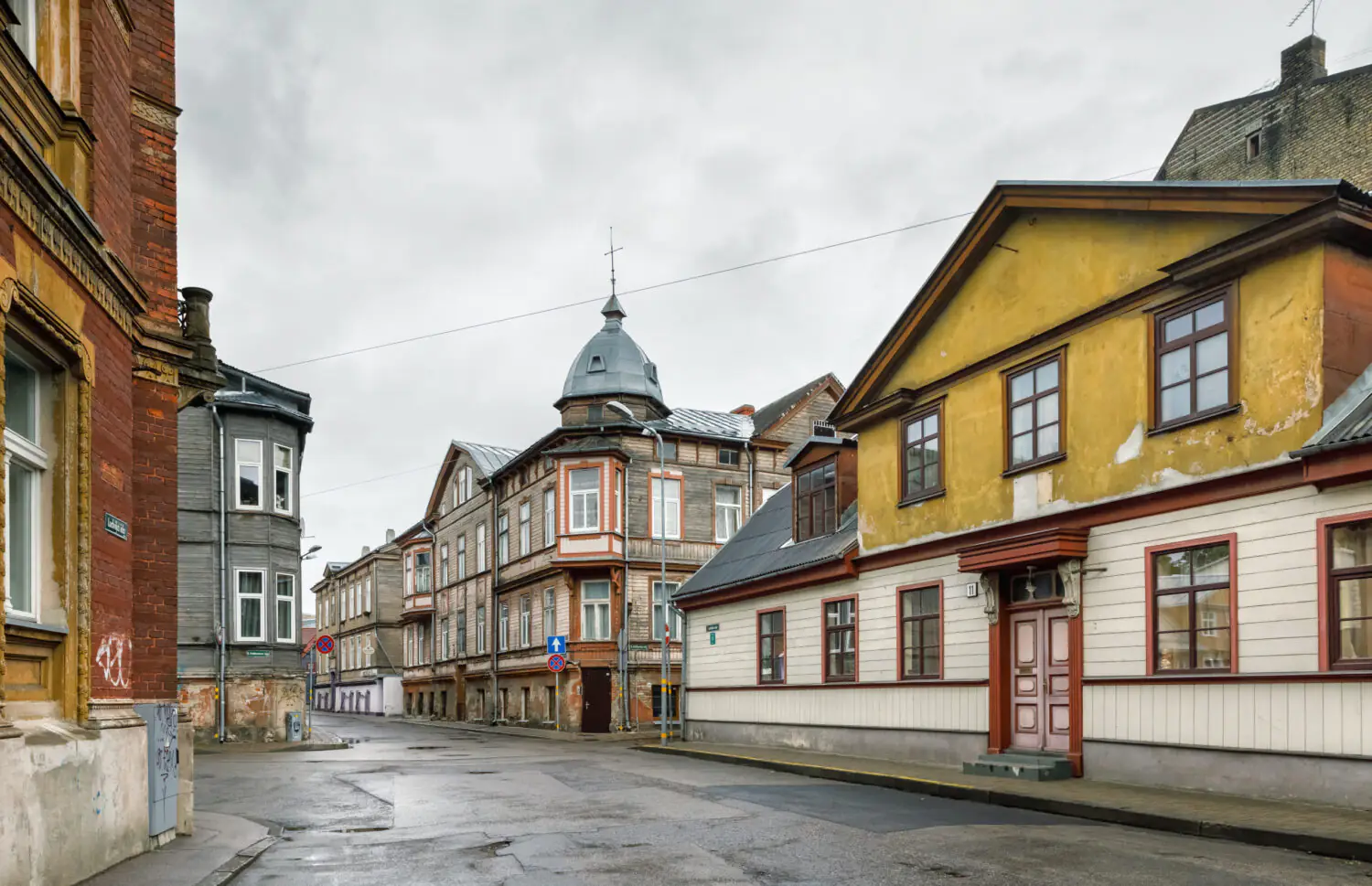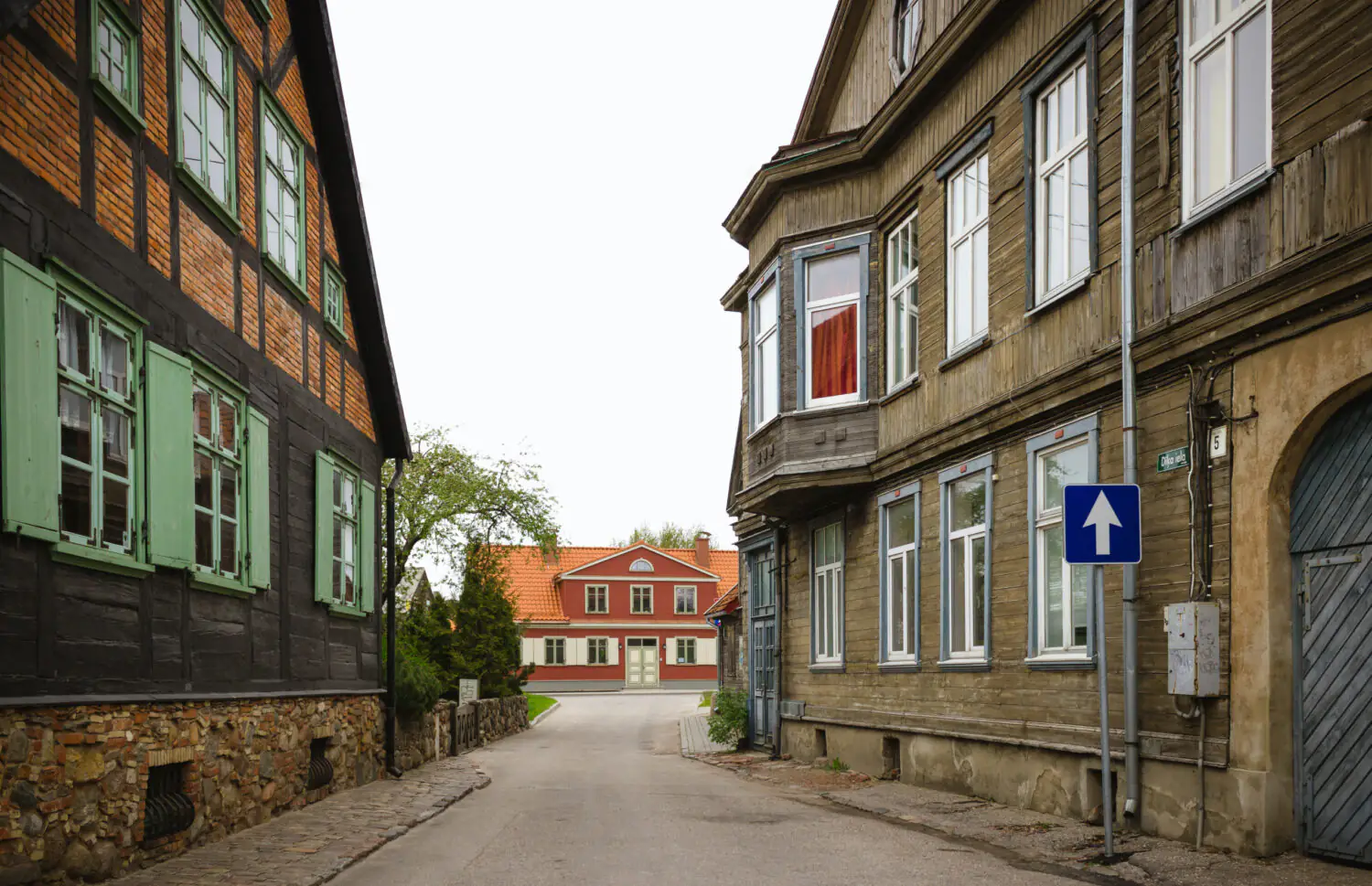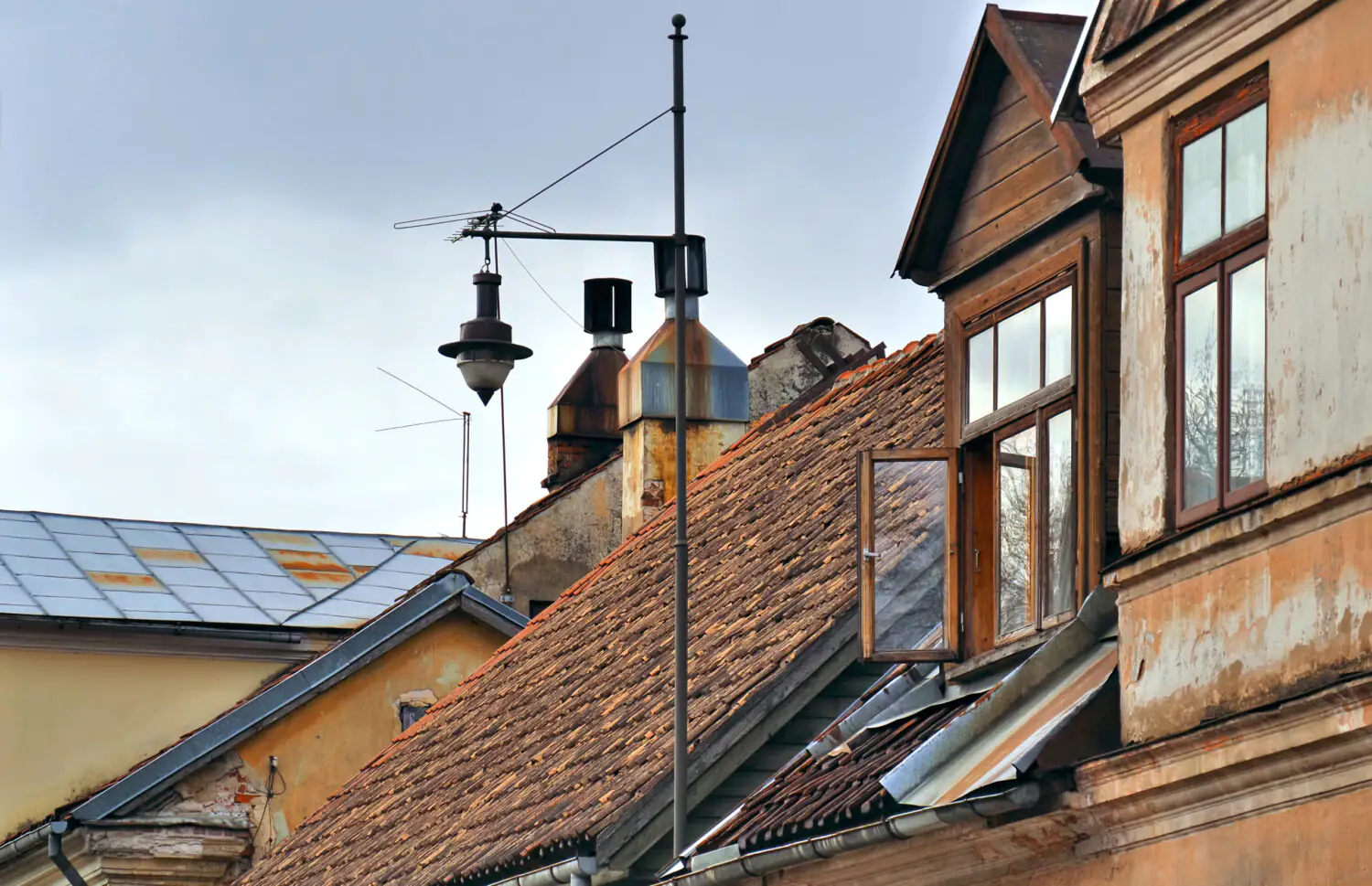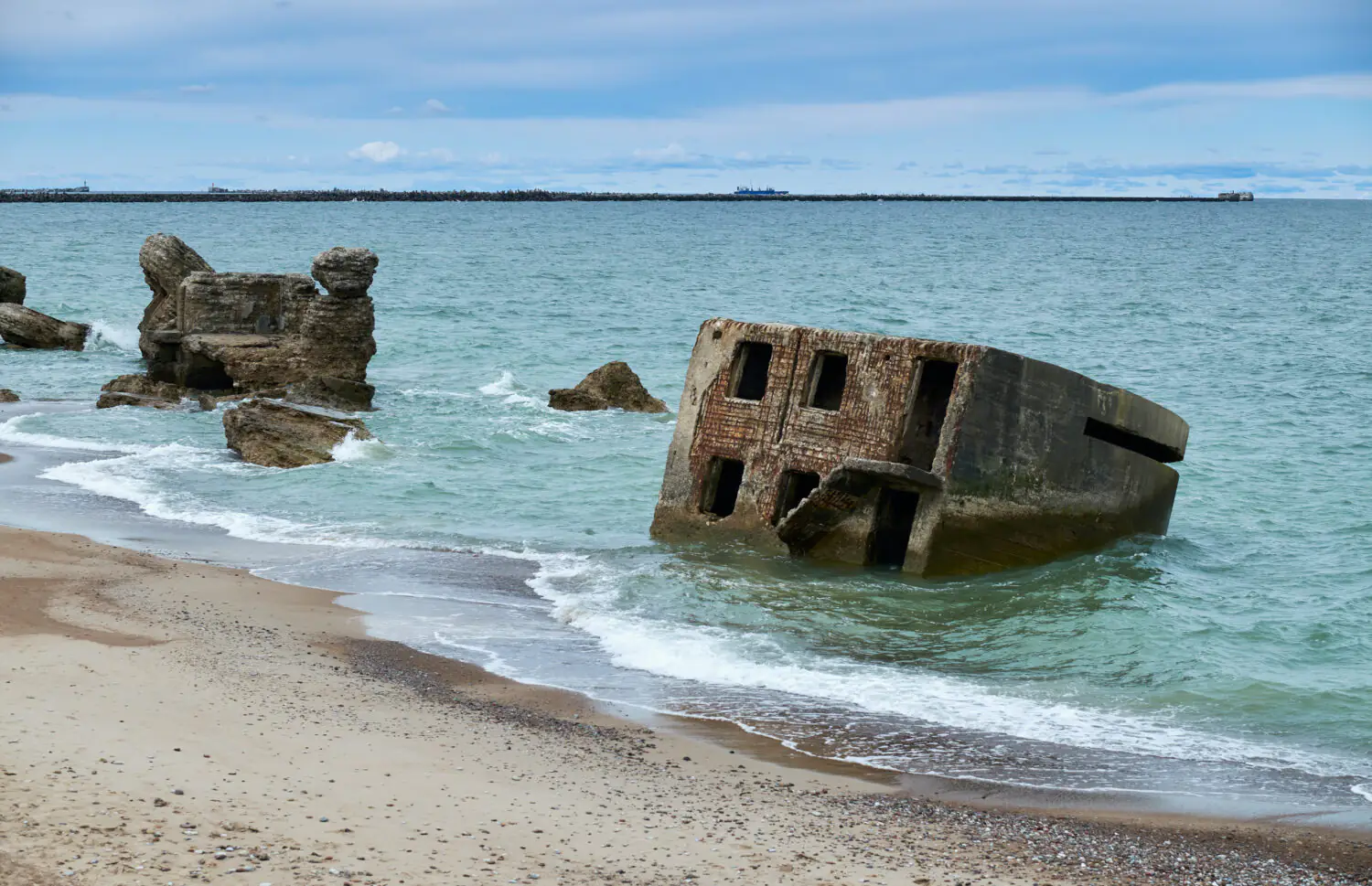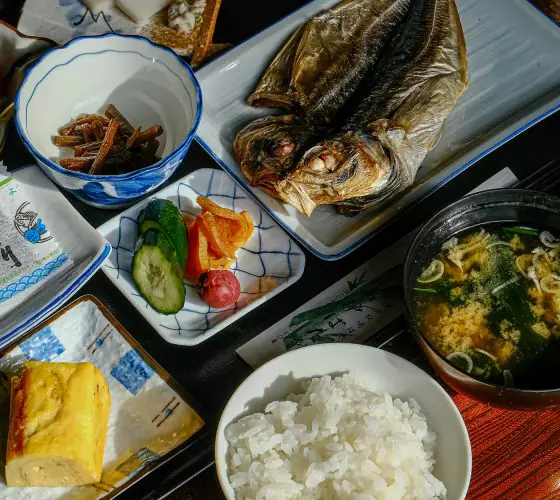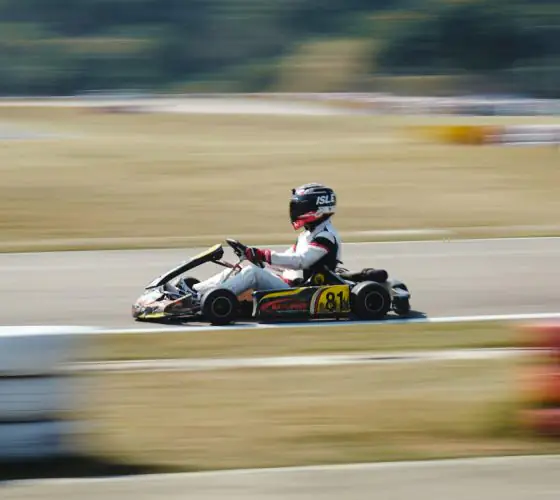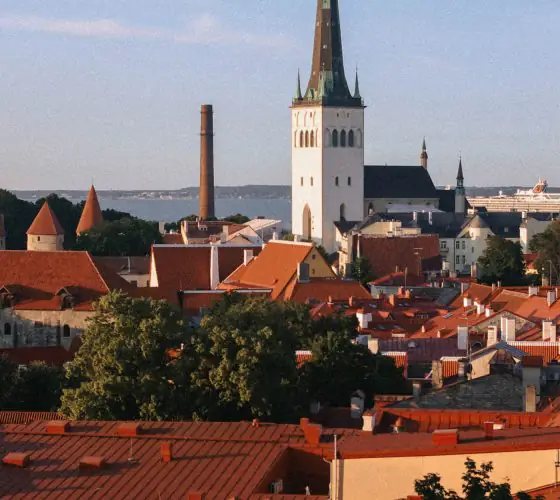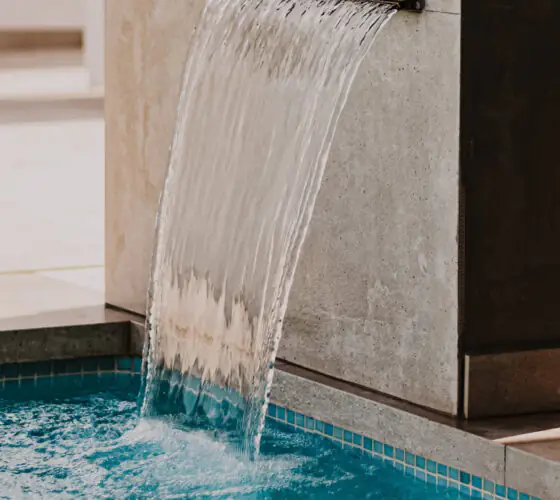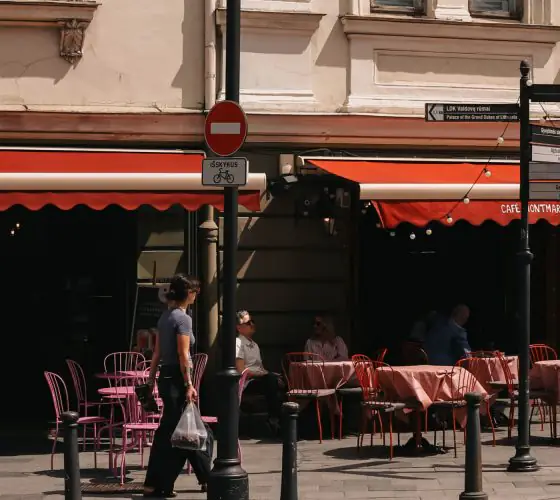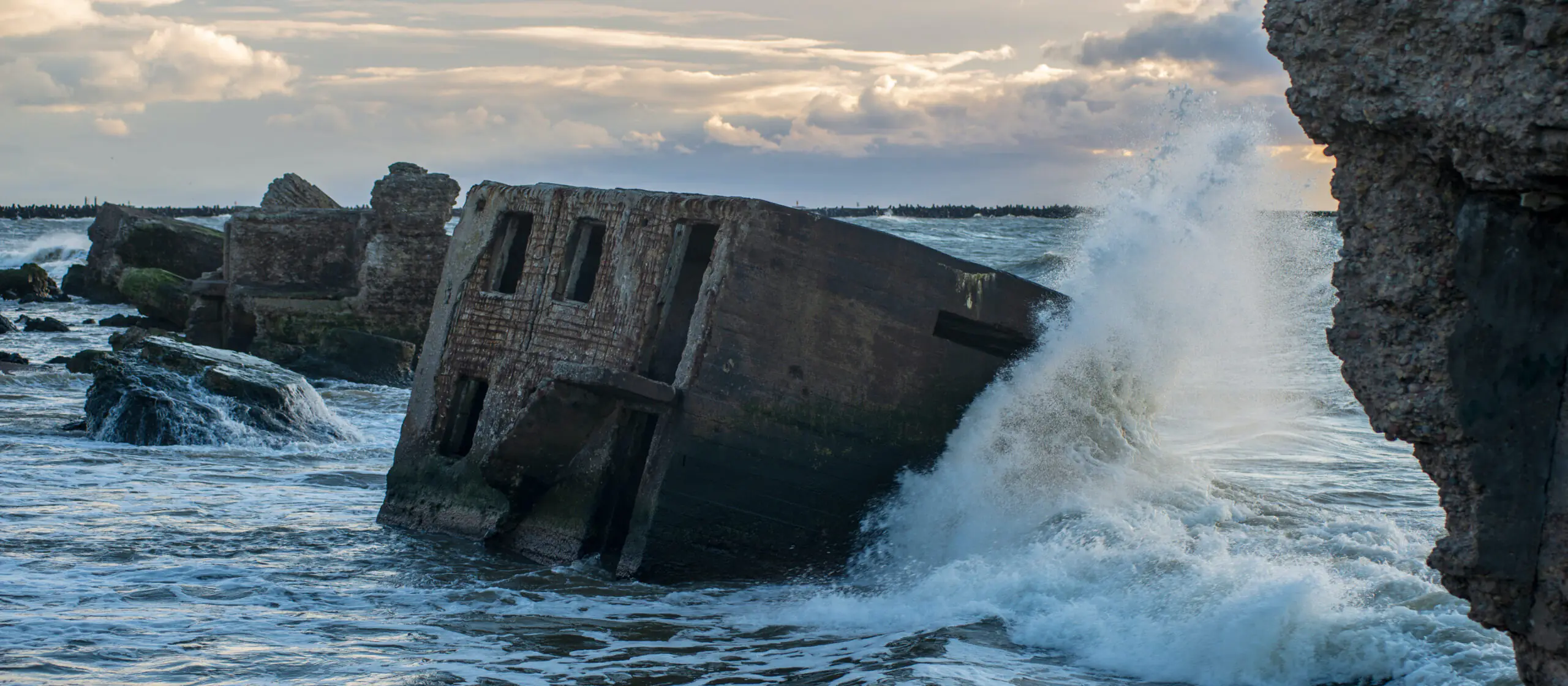
stock.adobe.com
Liepaja is Latvia’s westernmost port city, situated not on the Gulf, but on the shore of the Baltic Sea. Once a closed naval base, Liepaja is now a fashionable city with hipster coffee shops, ramen, beautiful half-empty beaches and simply incredible salty sea air.
Liepaja has many alternative names: the most beautiful and romantic perhaps is “the place in which the wind is born”. It’s on the beach while unraveling hair entangled in the wind, when you understand why this city is called like that.
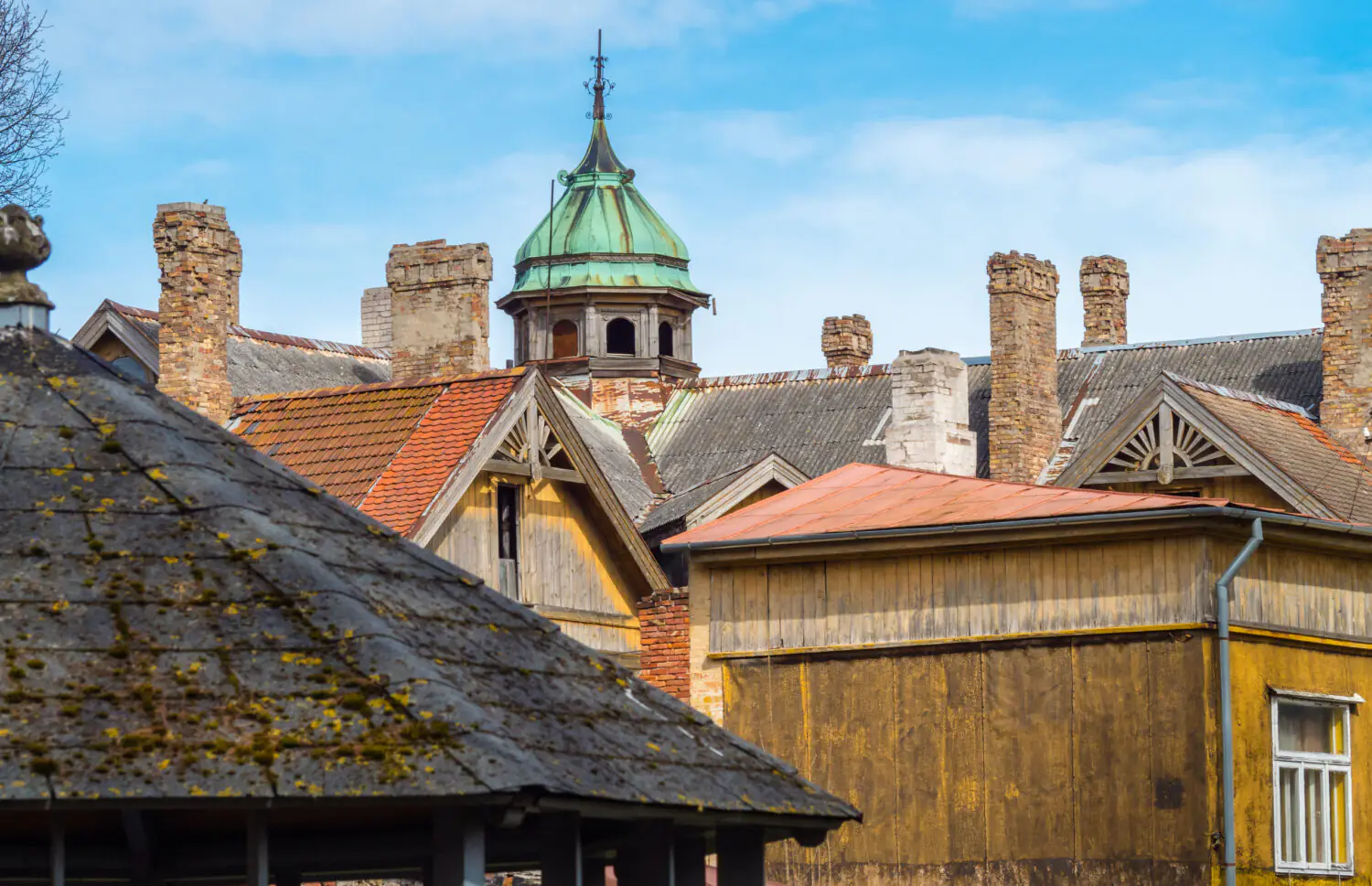
stock.adobe.com
The old center of Liepaja looks like a giant open-air film pavilion: buildings of different ages and architectural styles have been deliberately reconstructed here. Giant Soviet houses with columns and wide balconies sometimes give way to the characteristic red brick buildings built by Paul Berci (the most famous architect of Liepaja who literally created the image of the city in the 19th century). And in the distance — like a cherry on the cake — modern structures made of metal and glass rise.
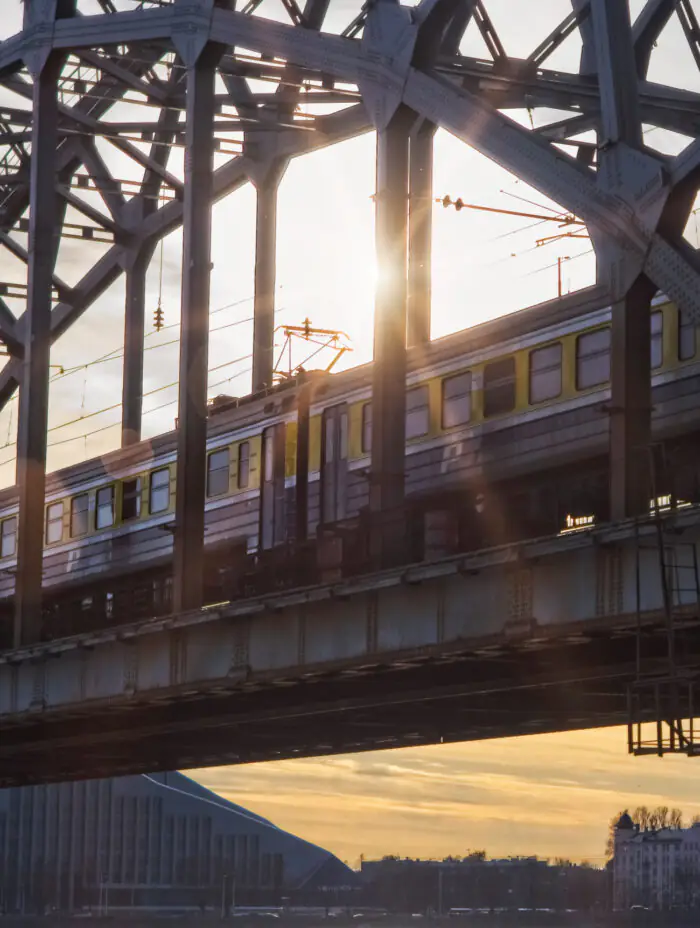
stock.adobe.com
How to get there
Liepaja is located 213 kilometers from Riga.
Of course, the fastest and most convenient way to get here is by car on the A9 highway (this trip will take about 3 hours).
There is another option: a passenger train runs between Riga and Liepaja on Fridays and Sundays (departure times are 18:25 and 13:49).
Liepaja can also be reached by bus — it makes several trips daily.
What to do in the city: historical scenery, prison and the Northern Fort
Walk through the historic center
If you want to get a general idea of the city, pay attention to its southern part. Your landmarks are Rose Square, Tirgonu, Zivju and Kungu streets, as well as St. Anne’s Church (the church has a giant organ; if you’re lucky enough, you’ll hear how it sounds).
There are many historic houses preserved on these streets, the main of which, perhaps, is the former hotel of Madame Hoyer. During the time of the Great Embassy (1697–1698), Peter I stayed here.
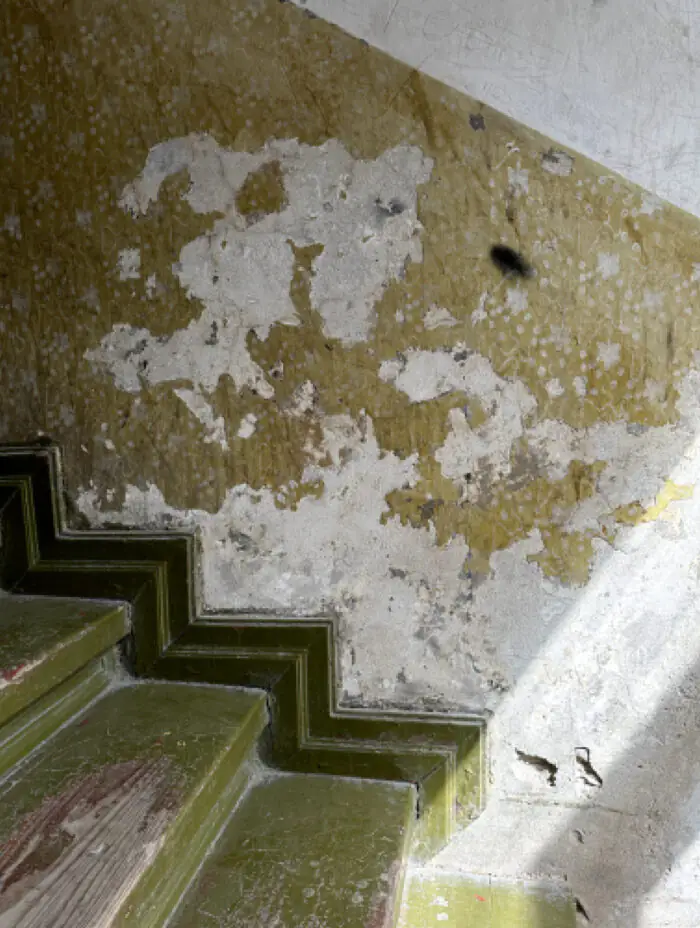
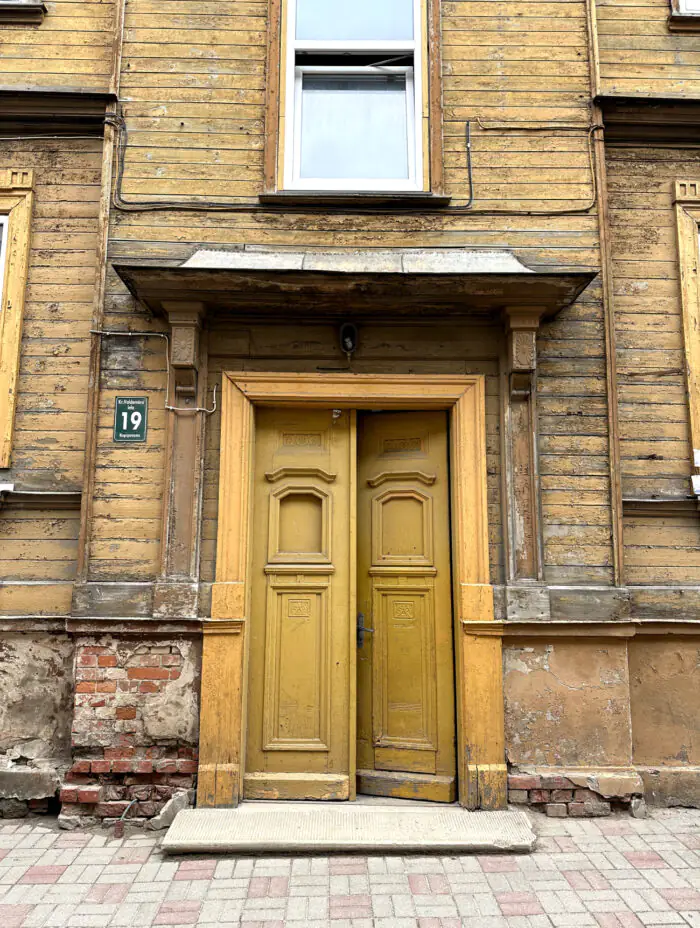
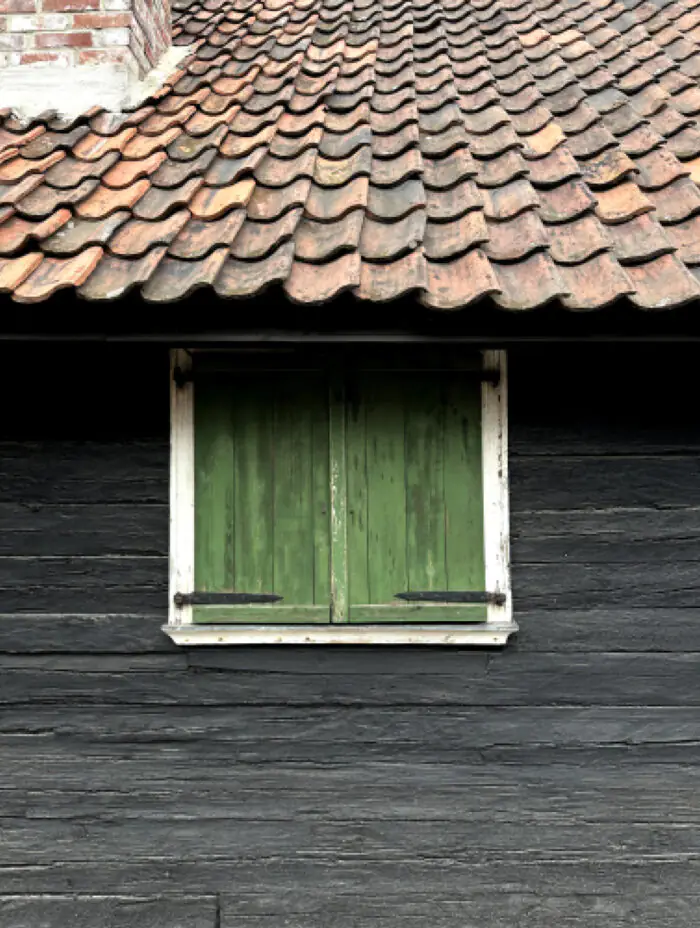
Check out the Peters’s market
In the historical center of Liepaja, near the Church of St. Anne, is the Peter’s Market (1910) — the second largest market in all of Latvia.
Its Art Nouveau pavilion is considered to be one of the most beautiful market pavilions in all of Europe. The architect Louis Melville managed not only to create an innovative appearance of the building, but also to neatly fit it between three churches: the already mentioned Church of St. Anne, the Catholic Cathedral of St. Joseph and the synagogue which was destroyed in 1941.
Today Petrovsky Market lives an ordinary life: you can buy anything here — from seedlings to twists, from fresh vegetables to mushrooms, nuts and other gifts of the forest.
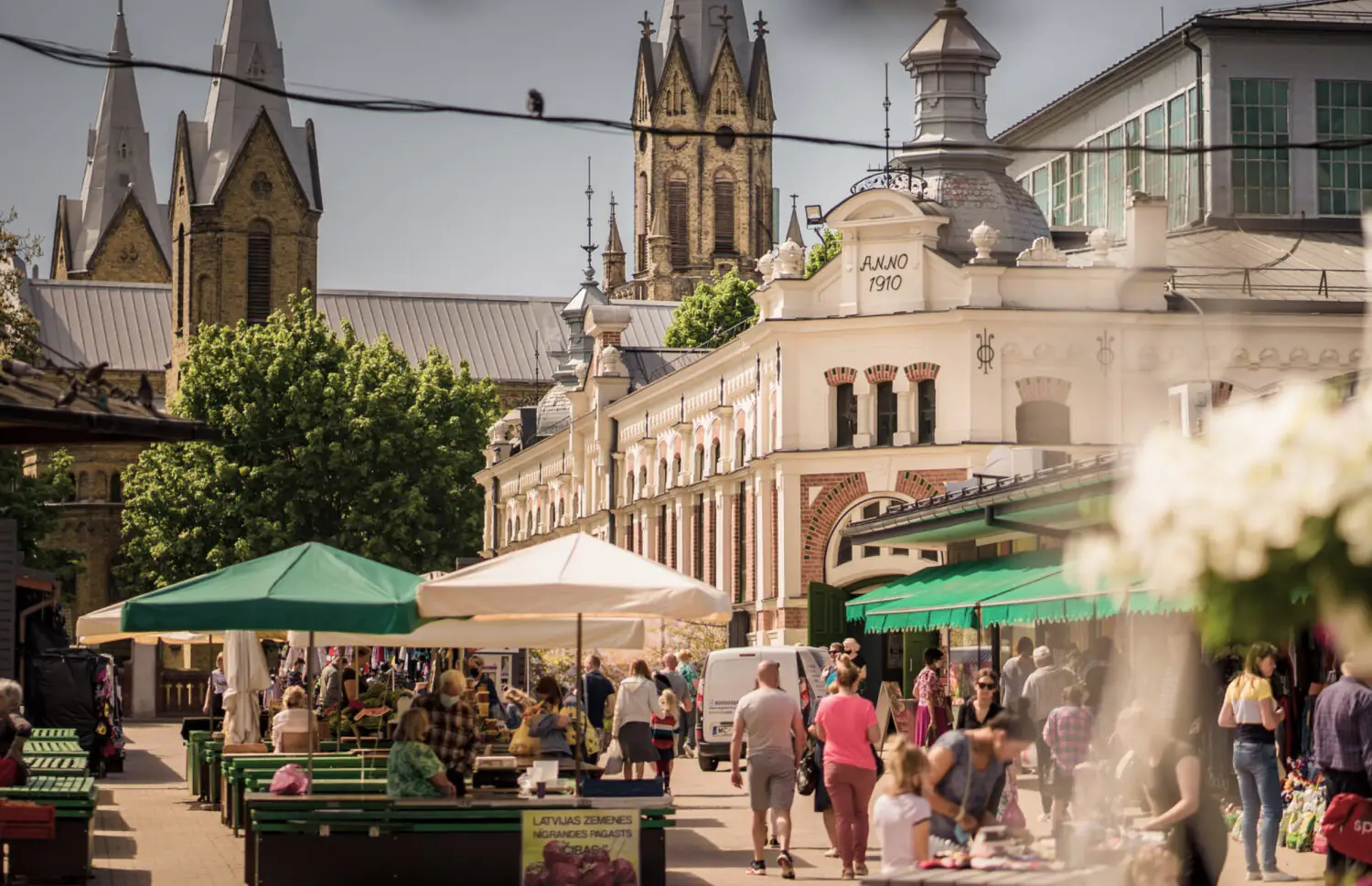
stock.adobe.com
Explore the Karosta area
Karosta is the largest historical military territory in the Baltics (it occupies about a third of Liepaja).
Its construction began in 1890 by order of the Russian Emperor Alexander III. Its fortress and military town north of Liepaja were then called the Port of Emperor Alexander III, and after Latvia gained independence, Karosta.
Initially, Karosta was designed as an autonomous settlement: it had to have its own infrastructure, schools, power plant and church. In Soviet times, Karosta was a closed territory (even the residents of Liepaja could not get here), and today it is a historical heritage, somewhat terrifying with its empty loopholes and destroyed facades.
The main points of Karosta today are the Northern Pier, the Northern Forts, the St. Nicholas Naval Cathedral, the prison and many abandoned buildings that remind of the times of Alexander III.
The Oscar Kalpak Bridge leads to Karosta, which from a distance resembles a fragment of the Eiffel Tower.
Go on an excursion to Karosta Prison
For a century, Karosta Prison served as a place for military personnel to serve their sentences for violation of military discipline. It was built in 1900, and the last inscriptions on the walls of prison cells were left by prisoners in 1997.
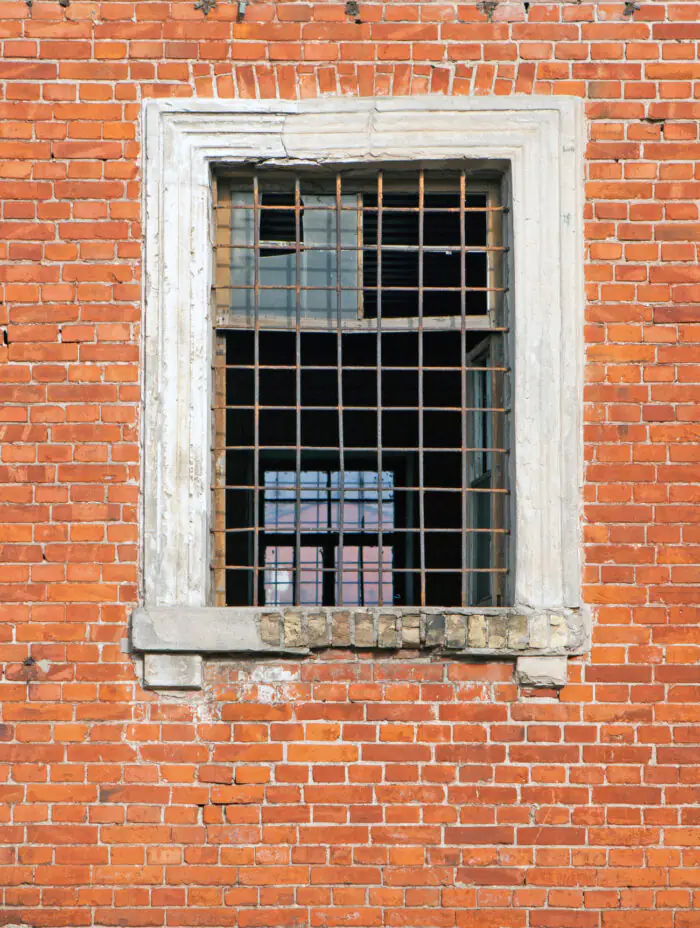
stock.adobe.com
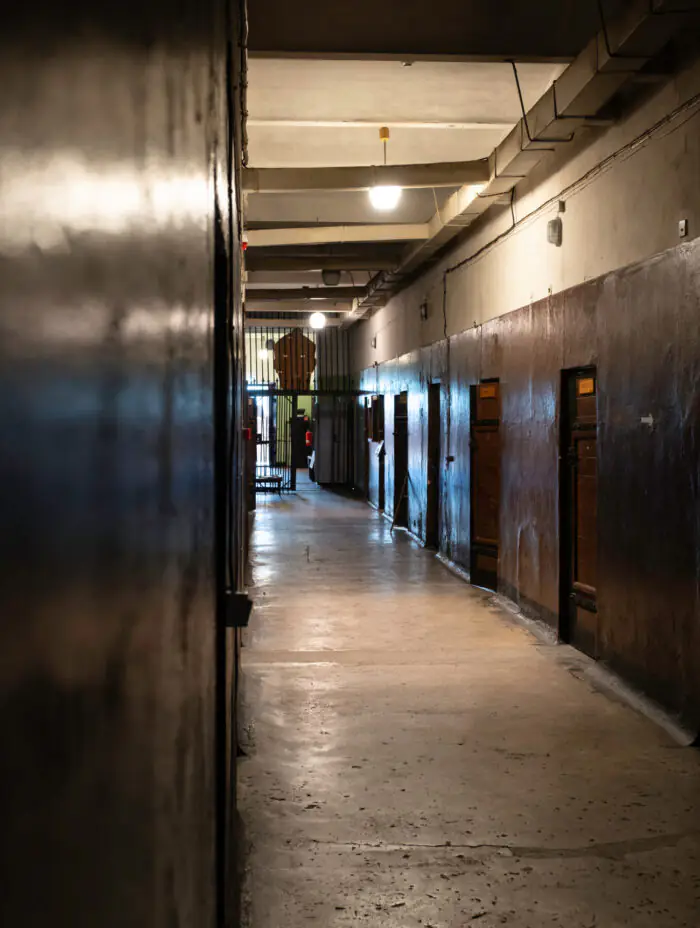
stock.adobe.com
They say that light bulbs are unscrewed here, the massive doors of the cells are shut tightly, strange sounds are heard, and the ghosts of prisoners whose fates were once broken by prison, walk around the corridors.
Believe it or not, it’s an open question. But you can go to Karosta prison to see and feel it all on your own skin. It hosts tours, shows and even offers hotel rooms for those who are interested in sitting down for a while.
Watch how the waves break around the North pier
The northern pier is considered to be the longest pier in Latvia: it is 1800 meters long and about 8 meters wide. Here it is nice to look at the sunset or at the raging waves crashing against the stones.
The northern pier is located near Karosta.
Visit Art Quarters
There are several creative neighborhoods where you can find everything from bars to workshops and local shops in Liepaja: Juliannas pagalms (be sure to check out the Wood Stock Cocktail bar here), Kultūras nams Wiktorija (and here you can wind up in one of the regular concerts or try grilled dishes from Kvēle) and Fontaine Gypsy Camp.
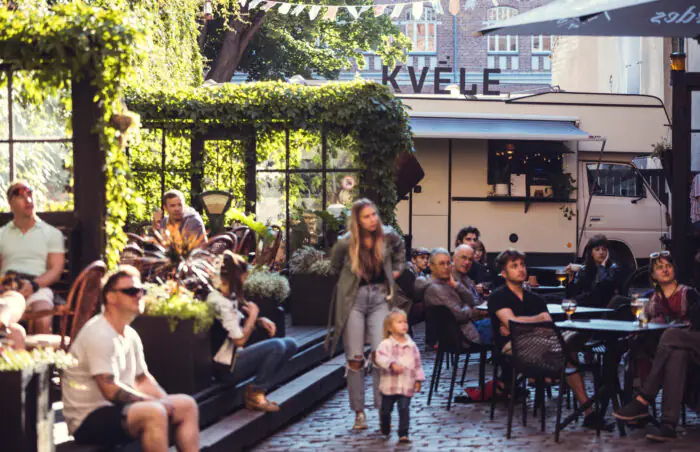
facebook.com/kulturasnams
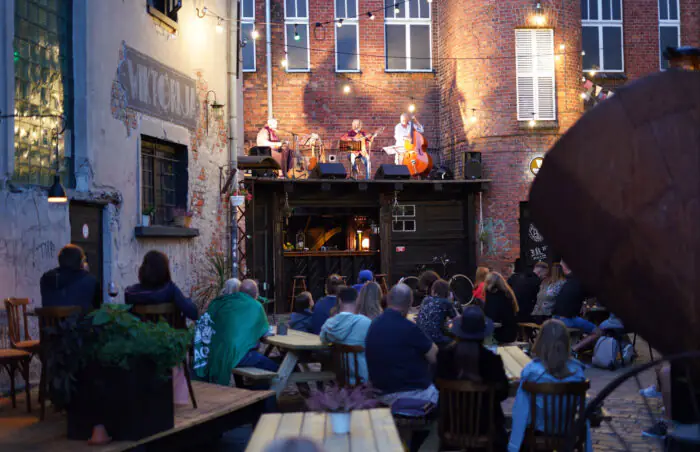
facebook.com/kulturasnams
Find Twin Houses
You can say that the houses on Esperanto Street and Kurmayas Avenue are the same but they’re separated by the city canal. Anyway, you can focus on them while walking: just build an approximate route and try to find these two houses.
These buildings are twinned by caryatids — columns in the form of female figures at the entrance. How it happened that two completely different houses have identical elements is a mystery.
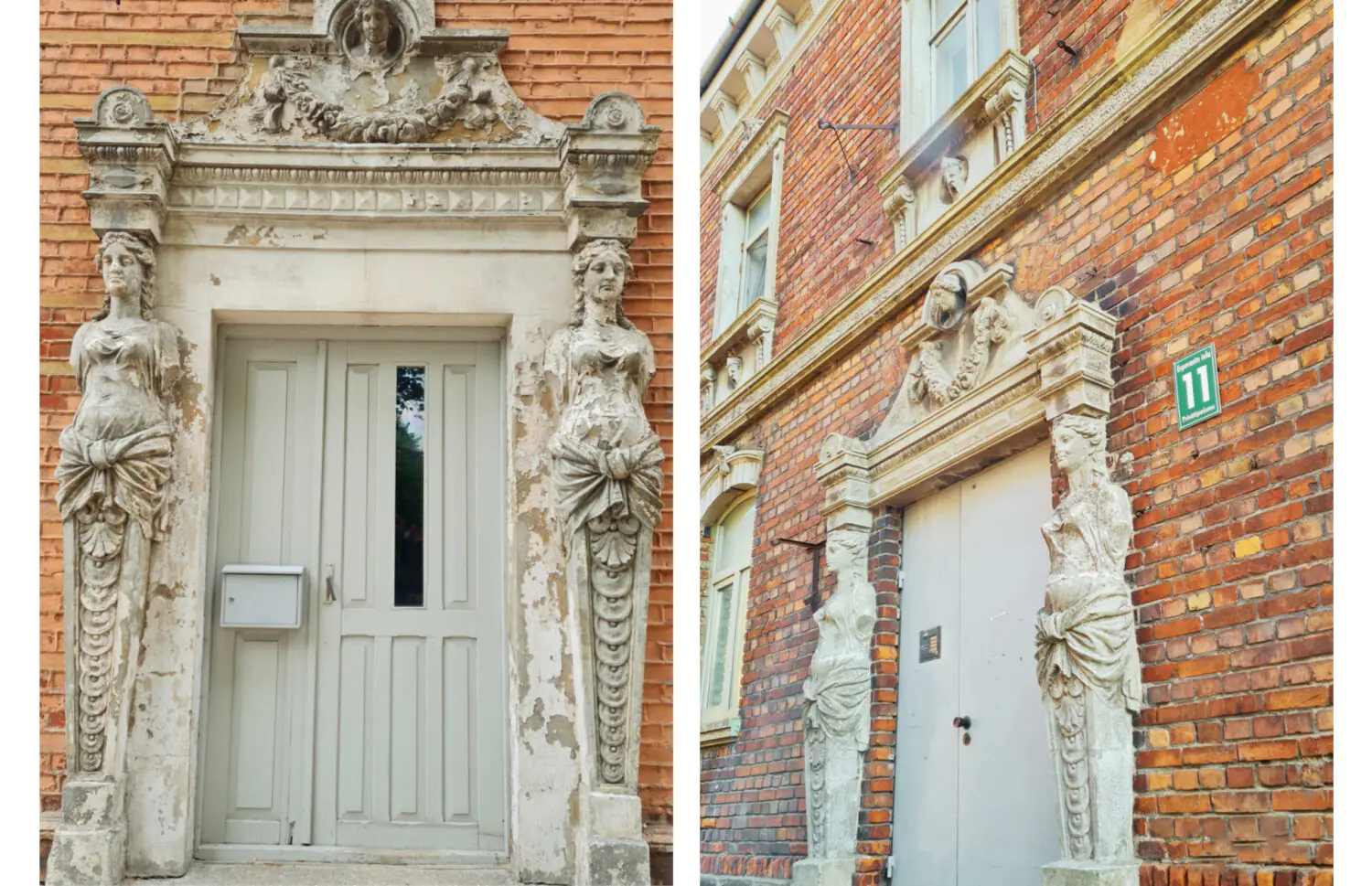
chayka.lv
Visit the Liepaja Museum
Liepaja Museum is a treasury of national culture. The expositions here are devoted to the past of Liepaja and the entire South Kurzeme: there are unique archaeological finds, household items of the local population and national costumes, and there are also small art exhibitions, usually devoted to the life and work of local sculptors and artists.
In addition to the Liepaja Museum, visit the Romas dārzs gallery (here artists of the 20th century Liepaja are exhibited; expositions are often updated), the House of Craftsmen (this museum is located in one of the oldest buildings in the city — now it is about 400 years old) and the Museum of Occupation.
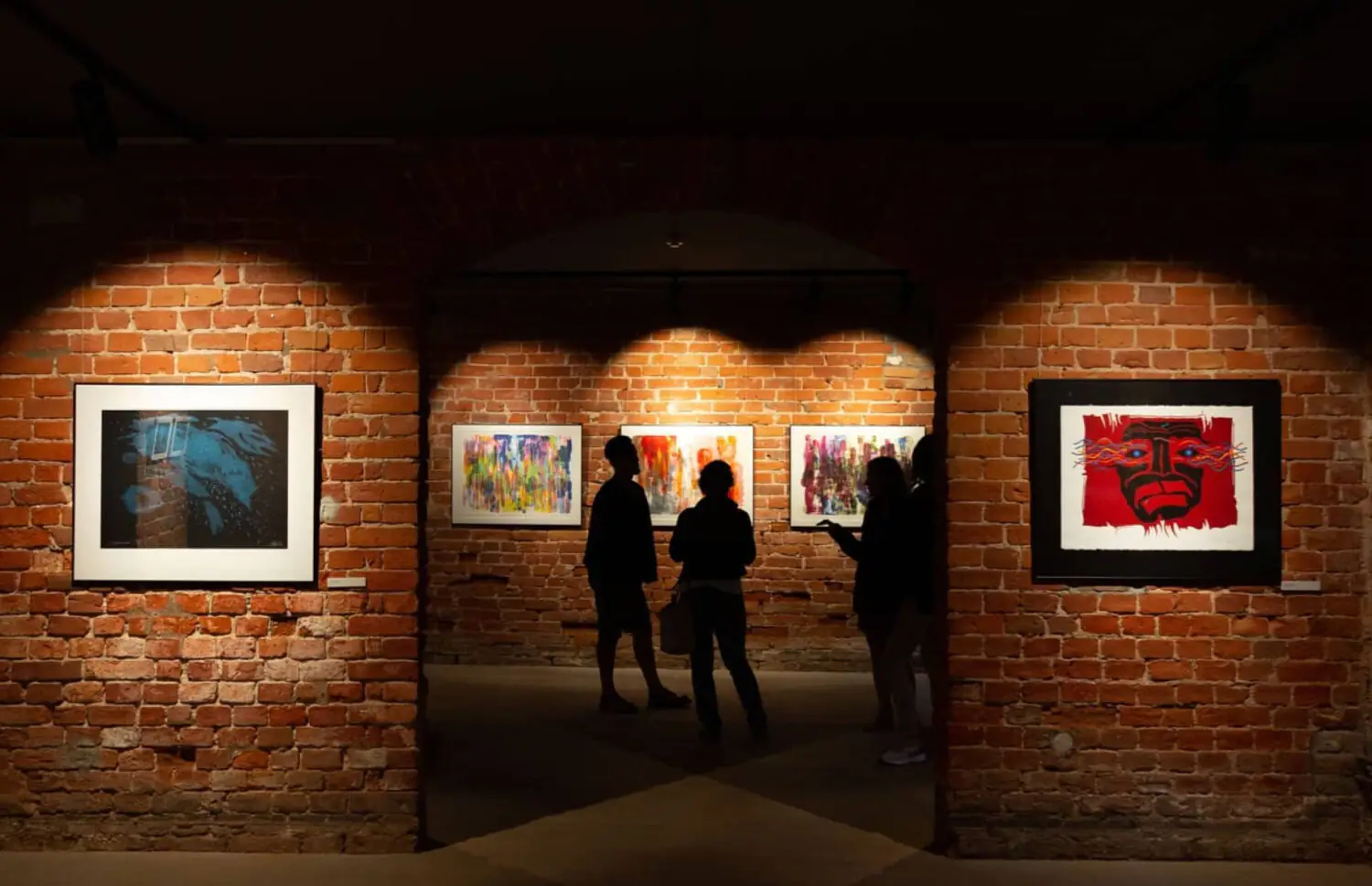
facebook.com/galerijaromasdarzs.lv
Coffee, ramen, fish’n’chips: tastiest places in Liepaja
Good coffee is art. And, fortunately, Liepaja understands this. There are several places where it is especially recommended to look for coffee with a bun or a full breakfast.
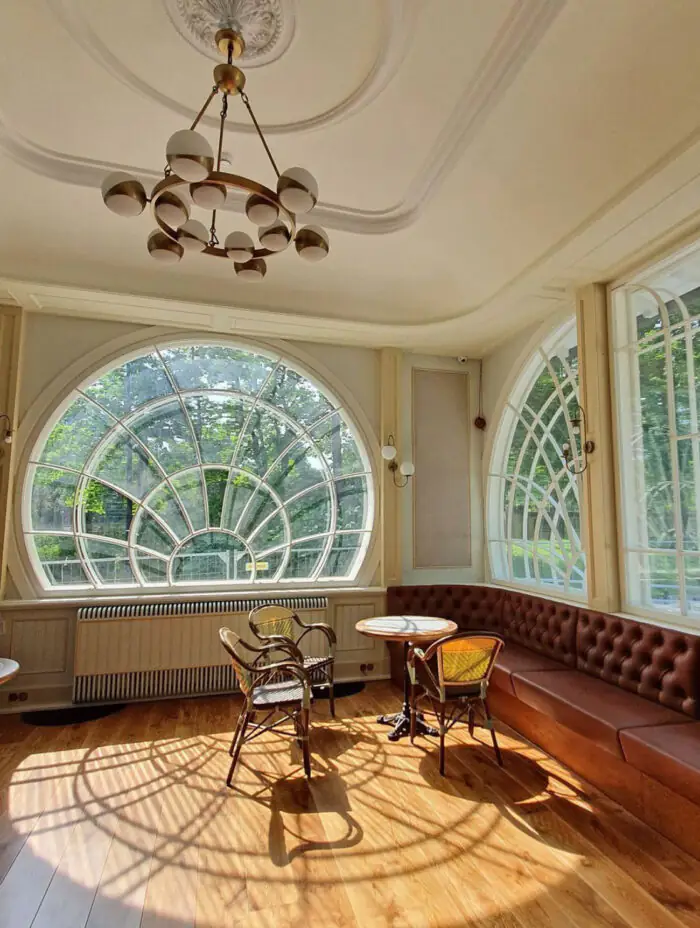
instagram.com/parkapaviljons
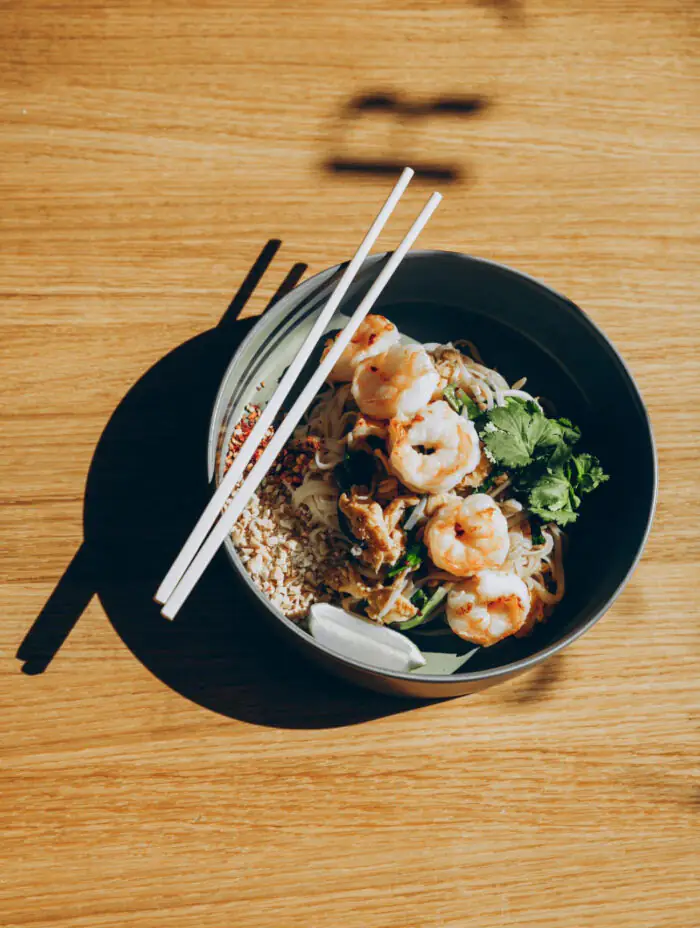
instagram.com/risi_plus_nudeles
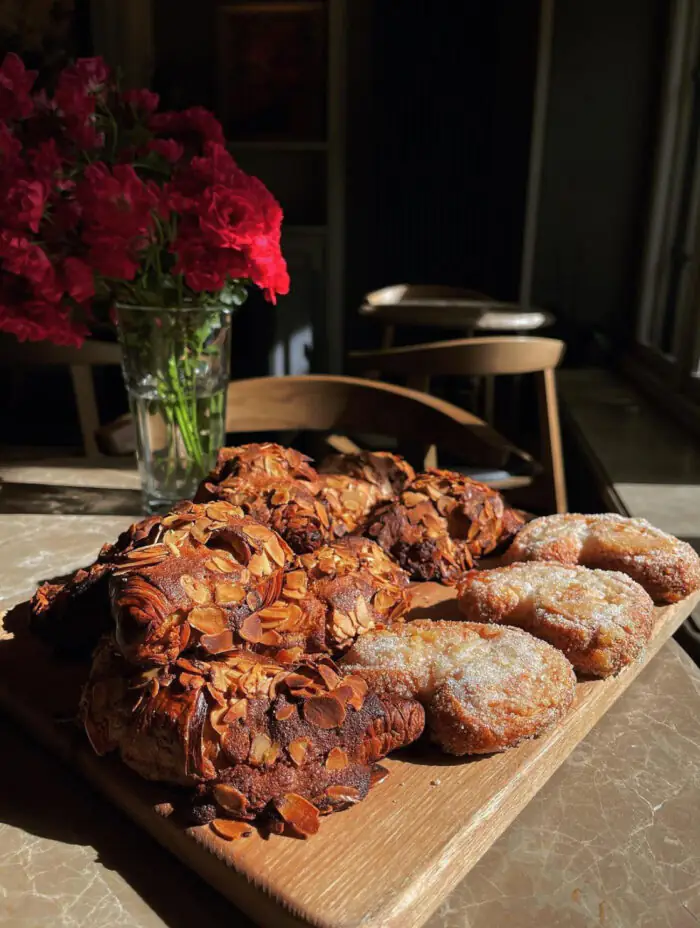
instagram.com
VĒJŠ Cafe — coffee roasted in Latvia is brewed here, and pancakes are also served. By the way, there are quite a few vegan items on the menu.
Sakta — this cafe brews coffee, bakes bread and cookies, and also prepares breakfast, lunch and dinner from farm products. However, all the attention drawing to themselves are, of course, rolls, cakes and pastries. The guys assure that they try to add as little sugar as possible to their pastries.
Boulangerie — and again about baking. In this authentic place, there is a lot of it: bread, croissants and other French desserts are baked here — for example, eclairs and pasta. Coffee here is from Illy.
For lunch or dinner, you can go to MO Liepāja, RĪSI + NŪDELES or Parka Paviljons.
MO Liepāja is a cozy new restaurant located in Juliannas pagalms. The menu is full of seafood, salads and desserts. Preparing and serving the dishes is also noteworthy. Be sure to book a table — MO usually has a lot of visitors.
RĪSI + NŪDELES is another recent newcomer on Liepaja’s gastronomical map. It’s easy to guess: Asian dishes are waiting for you here. Noodles, curry, duck in Chinese spices, Udon, ice cream from matcha. Separately, we recommend choosing a cocktail — they know how to cook deliciously and serve beautifully here.
Parka Paviljons is a restaurant located in a historic, carefully restored building from 1903. The menu is standard for any self-respecting restaurant. Delicious, elegant — and well, beautiful all-around.
If you really want fish and seafood (and especially fish’n’chips), go to Spīķeris — this restaurant is located in a former grain warehouse in the port. One of the chips of this place is craft beer, which is brewed literally behind the door next to the restaurant.But for cocktails, go to Wood Stock, СukurFabrik beachbar, Red Sun Buffet or 7.līnija.
Where to stay for the night: canopies, tiled ovens and bunks
Perhaps one of the most unusual places to stay in Liepaja is a prison (which — contrary to custom — can be accessed at will). Karosta Prison is simply a colossal entourage, and each prison cell is different from the other (but goosebumps run from all of them, to be honest). Paying for the camera, you get an excursion dedicated to the history of the military port, the life and structure of prisons, as well as prison humor. The experience is definitely interesting, but if you dreamed of whipped snow-white pillows and breakfast with orange juice and fresh croissant, this is surely not the place for you.
Other popular but much more familiar options are the Roze Peldu Residence with elegant apartments in a beautiful wooden building, the Maestro Design Hotel and the Art Hotel Roma.
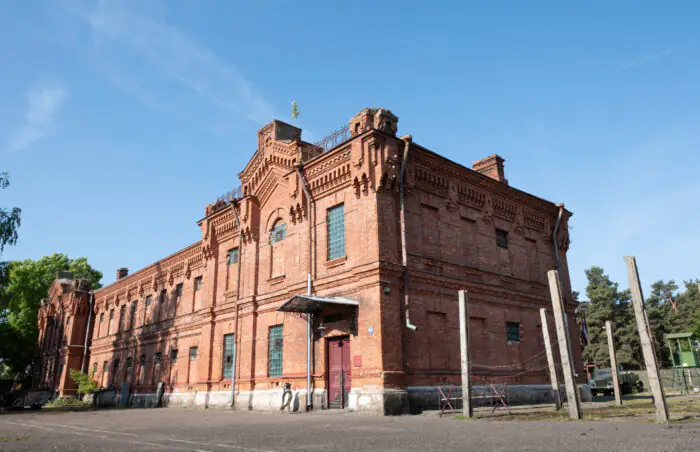
stock.adobe.com

booking.com

